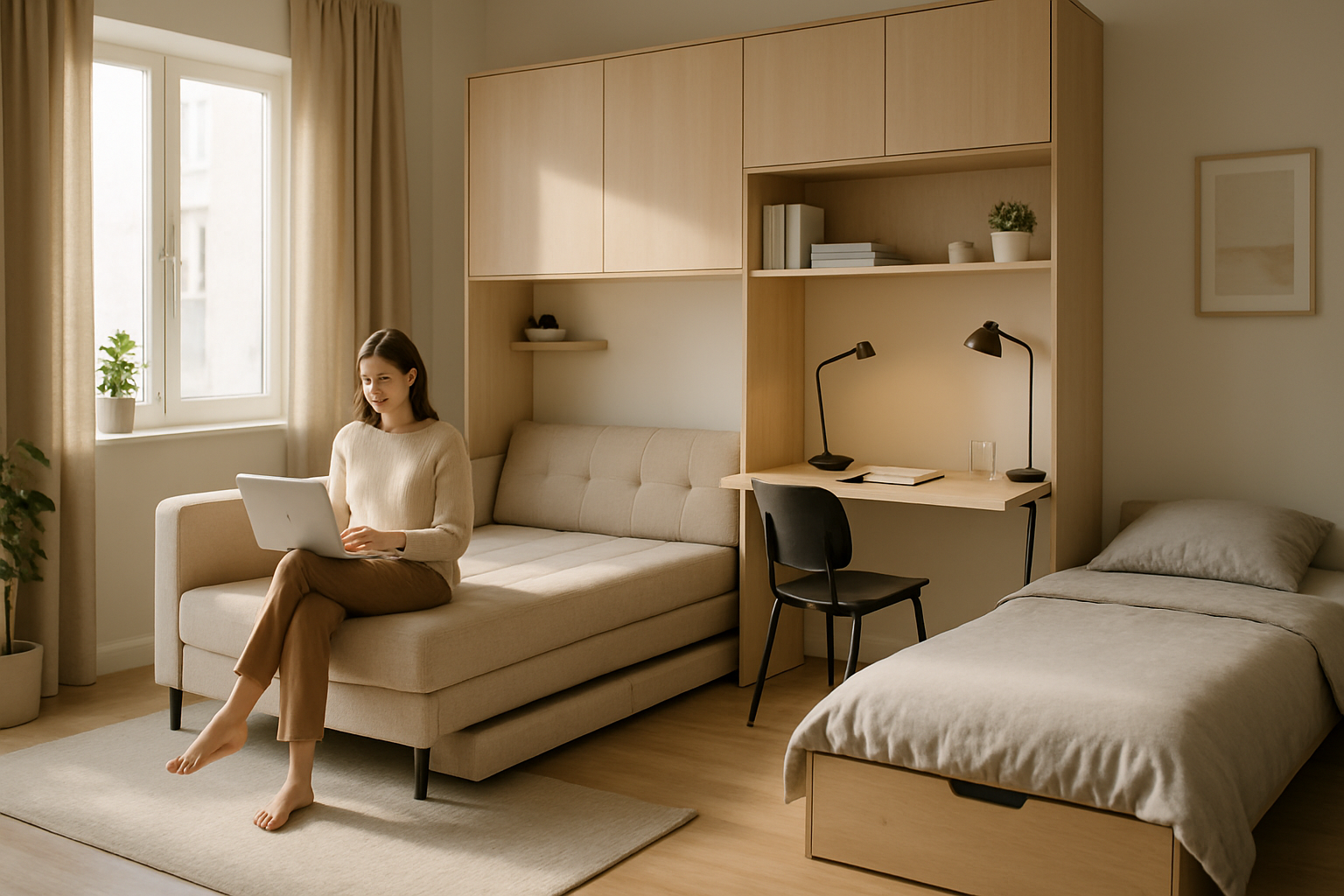Smart Furniture: Integrating Technology into Your Living Space
Smart furniture blends traditional design with embedded electronics to add convenience, adaptability, and connectivity to homes and workspaces. As furniture increasingly incorporates sensors, motors, networking, and software, it reshapes how people use rooms, supports ergonomics in a home office, and ties into broader smart home systems. This article explains how smart furniture works, what technologies are involved, design considerations for living spaces, and how to choose pieces that fit practical needs without overcomplicating daily life.

Furniture: What makes furniture “smart”?
Smart furniture combines physical comfort and function with embedded electronics and software. Common features include motorized adjustments (for height or recline), built-in sensors (for occupancy, weight, or posture), wireless connectivity, integrated charging ports, and on-board controls. These components let furniture respond automatically or via apps and voice commands. The value of smart furniture is often in convenience and adaptability—transforming a sofa into a workspace or adjusting a desk to the user’s preferred height—but it also introduces considerations such as power access, durability of moving parts, and software support.
Smart home: How furniture fits into a smart home
Furniture can act as both a control point and an endpoint in a smart home network. Integrated lighting, embedded speakers, or environmental sensors can feed data to home automation platforms and voice assistants, enabling coordinated scenes—like lowering blinds and adjusting a recliner when starting a movie. Interoperability is important: look for devices that use common protocols such as Wi‑Fi, Bluetooth, Zigbee, or Matter to work with existing hubs and local services. Security and privacy matter too; furniture that collects presence or health-related data should provide clear settings for data sharing and retention.
Technology: Core tech behind smart furniture
Several technologies power smart furniture: microcontrollers and small single-board computers run firmware; sensors detect motion, pressure, and ambient conditions; actuators and motors enable movement; and batteries or external power provide energy. Wireless modules manage connectivity while companion apps or cloud services handle configuration and updates. Manufacturers may rely on over-the-air updates for software fixes and feature improvements. When evaluating smart furniture, consider the quality of the electronics, whether firmware updates are provided, and how firmware failures are handled—since software often determines long-term function and security.
Living space: Designing with smart furniture in mind
Incorporating smart furniture into a living space involves thinking about scale, power, and aesthetics. Multifunction pieces—like storage ottomans with charging or modular seating with embedded lighting—can reduce clutter and make compact homes more flexible. Plan for access to power outlets and cable routing, and consider the visual impact of electronic components on the room’s style. Sustainable choices include modular designs that can be upgraded rather than replaced, and materials that balance durability with ease of repair. Local services such as furniture installers or electricians may help with complex setups that require hardwiring or modification.
Home office: Smart furniture for work from home
Smart furniture for a home office focuses on comfort, ergonomics, and productivity. Common examples include height-adjustable desks with memory presets, chairs with posture-monitoring sensors, and desks with integrated cable management and power hubs for laptops and peripherals. Lighting controls and acoustic panels or smart partitions can improve focus during calls. When selecting home office pieces, prioritize stable mechanics, known compatibility with monitors and accessories, and the availability of replacement parts. Consider how furniture integrates with existing technology—docking stations, conferencing gear, and the smart home ecosystem—to avoid interoperability issues.
Smart furniture can make living and working environments more adaptable and responsive, but it also adds layers of complexity—electronics, software, and connectivity—that buyers should weigh against their needs. Practical priorities include reliable mechanical design, clear privacy policies for data-collecting features, and the ability to service or replace electronic components. For many households, starting with a few targeted smart pieces that address specific problems—ergonomics in a home office or integrated charging in a living room—offers a balanced approach between convenience and long-term value.
Sources






